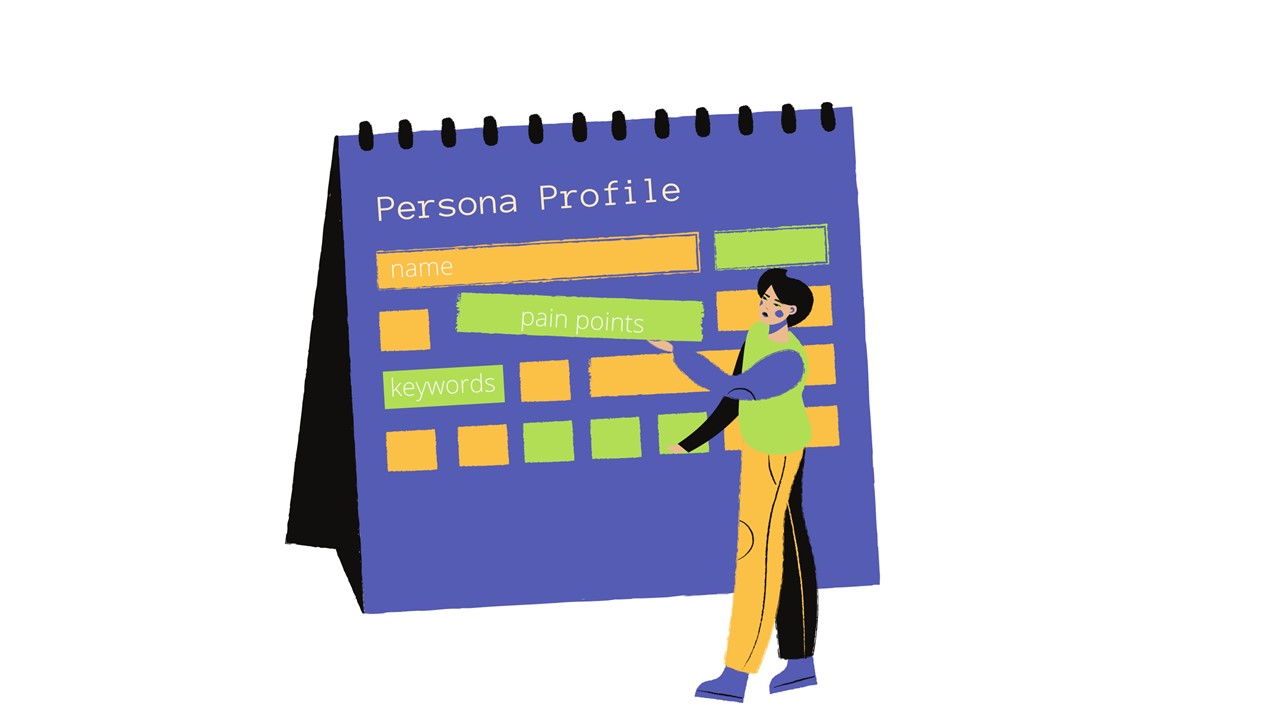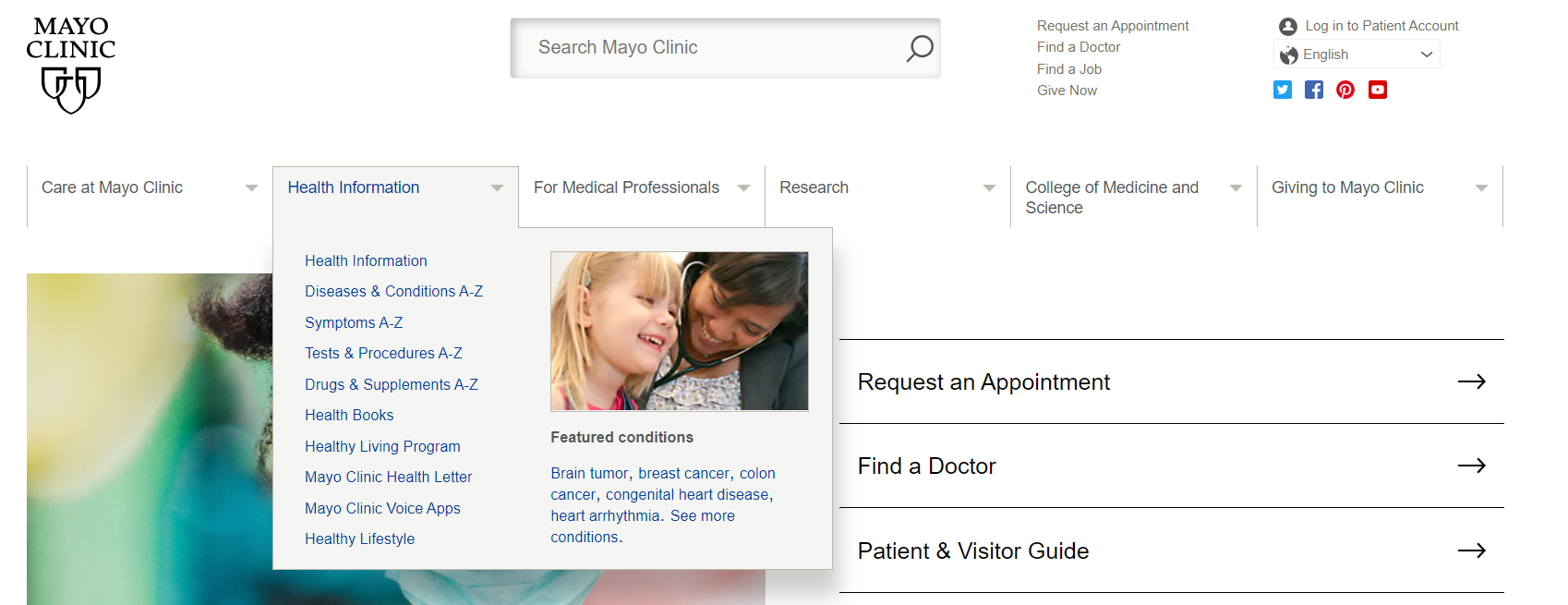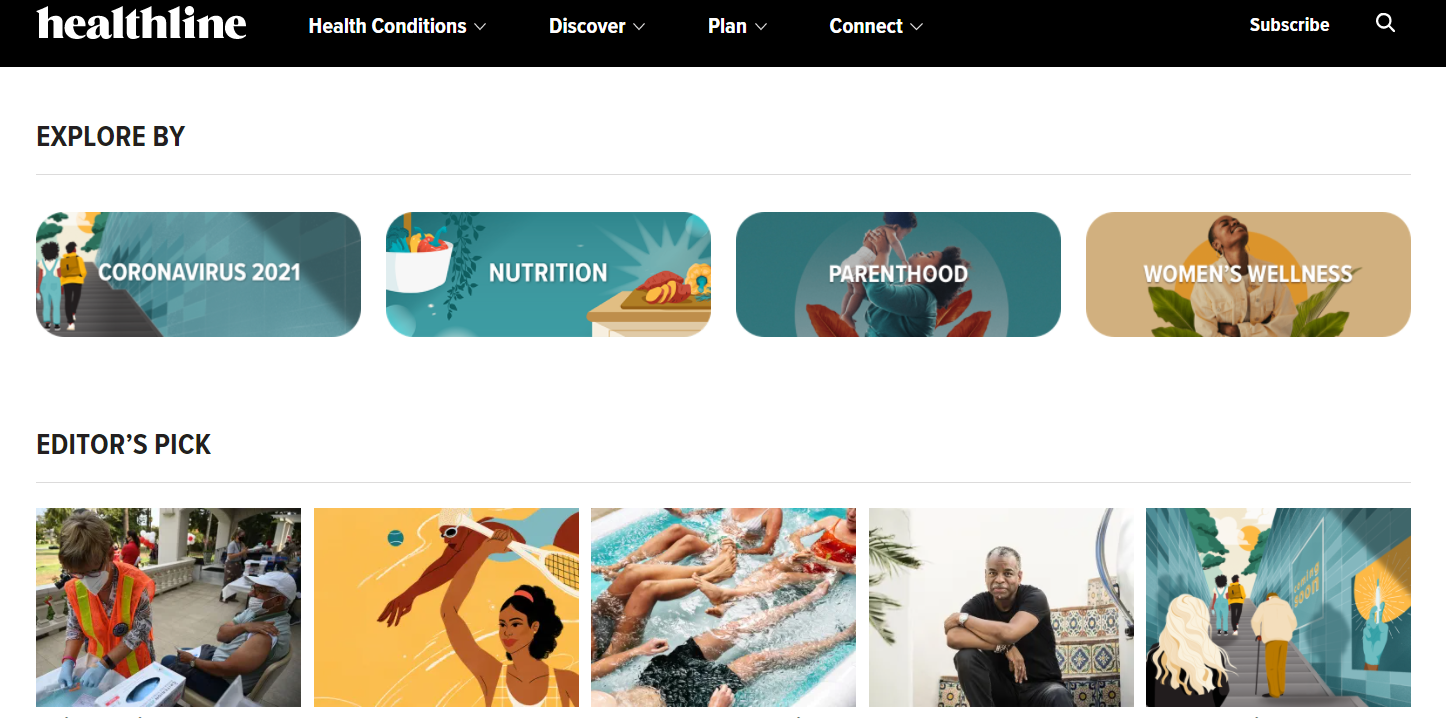How to Use Persona Profiles to Improve Healthcare Websites
Ready to boost your SEO ?

How to Use Persona Profiles to Improve Healthcare Websites
“Using marketing personas made websites 2-5 times more effective and easier to use by targeted users.” -Hubspot
People often reference user-centered design to improve healthcare websites, but what does that really mean? A persona profile is a great way to understand website ‘users’ or, aka “the audience”. This helps ensure the website communicates effectively with the target audience and attracts site visitors via SEO.
Healthcare websites often contain extensive information and features that serve distinct audiences. For example, Massachusetts General Hospital is a large healthcare site that serves many different types of audiences such as visitors, direct patients, referral patients, nurses, doctors, and residents. Their website also contains separate sections for each department such as the Cardiac Department and Pediatric Medicine. Each of these sections serves a different type of persona. A nurse looking for information on open positions, for instance, has different needs and motivations than a bone cancer patient looking for an oncologist.
The better you understand your audience, the better you can design your website to meet your audience’s needs, and attract them to your site.
Let’s take a look at a persona profile and how that can help define the information architecture, content, navigation, and structure of a website.
What is a Persona Profile?
A persona profile outlines the demographics, pain points, needs, motivations, and other aspects of a particular type of audience that a website serves. This persona profile should be filled out for each of the main audience types.
Anyone familiar with the type of audience can fill out the profile before the site is designed and content created. For your healthcare persona profiles, think about your particular specialty. A pediatrician’s office persona profile might look different from an urgent care center’s persona profile.
When creating persona profiles for websites, using an image may help you envision a real person visiting the site, but this practice is beginning to fall out of favor due to the fact that it can introduce unconscious bias. Instead, use your data to inform the persona. Does a typical visitor find your site by searching using keywords related to location, information about a particular illness, or do you get referral traffic from a particular medical information website? Use this data to enrich your profiles so that you don’t miss important segments of your audience.
Understanding your ideal customer can help inform how you want your website to look and behave when they visit.
How Your Target Personas Affect Website Design
Thinking about how your persona will experience your website can help you decide how to design the information architecture and look and feel of the site.
What solutions are your personas looking for? Do they need easy-to-access detailed information about health conditions? Or are they researching medical services and will need staff profile bios and testimonials? If they need medical information, your website content should be organized in such a way that a visitor can quickly locate their symptom and get an answer.
The MayoClinic website, for instance, is a research-rich website built around caring for patients with serious, complex illnesses. It has a simple uncomplicated navigation with a main header for medical health information, and subsets divided by symptoms, procedures, conditions and the like. Because this website has a broad range of personas, they built the site with a large prominent search window at the top of every page with predictive text to help visitors find the information they need if they don’t see it in the main menu.

In contrast, the website Healthline’s focus is less clinical and more geared toward everyday wellness. The personas for Healthline consist of people looking for ways to live healthier lives and avoiding illness. Community is important to them, as well as more information about nutrition, exercise, and diet such as ways to introduce healthier meals for their families. Healthline is built more like a community site, with illustrations and photos representing key personas that serve as navigation headers on the home page.

Building a Persona Profile Step by Step
Start by naming your primary persona (you can create more than one) something that will be easy to remember and understand for the team working on your website. For instance, “Medical Research Expert” or “Working Mom.”
Think about what their biggest challenge is and how your organization solves it.
Then fill in the details of your persona profiles such as:
- DEMOGRAPHICS: Name, age, gender, location, technology skill level. Primary devices used: phone, tablet, or desktop?
- WEBSITES: what industry websites does this person go to frequently?
- DESIGN: What adjectives best describe the type of design will this person like e.g. minimalist, warm, supportive.
- PAIN POINTS: Describe the relevant pain points this person encounters.
- NEEDS + MOTIVATIONS: Describe the needs and motivations of this person.
- WEBSITE FEATURES: Describe the content that will address this person’s pain points, needs, and motivations. Will your healthcare website need an extensive resource section, or will it be more focused on your services?
- BUYER’S JOURNEY: List content that this person needs to know at each stage Awareness: such as blogs, or social media posts. Consideration: such as case studies or guides. Decision: demonstrations, free trials, testimonials.
- SEARCH PHRASES: And finally, list some of the keyword phrases they would use to find the site. What terms do people use to find your competitors?
Developing an in-depth understanding of each persona helps inform key parts of a website re-design, such as the sitemap, navigation, content, and creative direction. It’s a helpful guide for making decisions that support the wishes and goals of the target audience.
with a Booster program for Healthcare companies.

